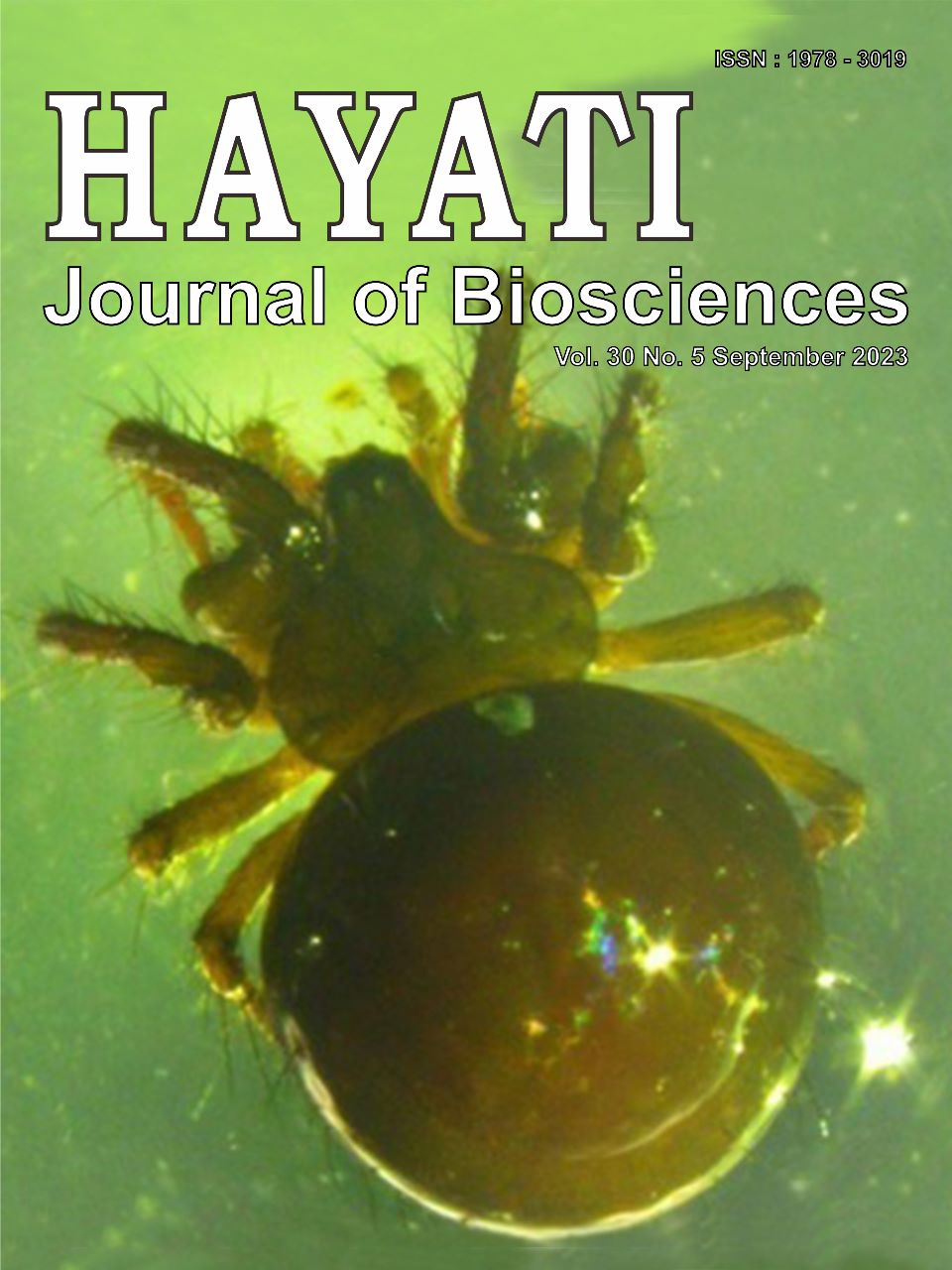Comparative Morphology, Photoperiodism, and Yield of KDML105 Rice (Oryza sativa) and Its Mutants
DOI:
https://doi.org/10.4308/hjb.30.5.937-945Abstract
Climate change and decreasing in farmlands threaten global rice production. The productivity and grain quality of KDML105 (Oryza sativa ‘KDML105’), one of Thailand’s famous scented rice is depending on photoperiod and cultivating conditions. Cultivar improvement using induced mutagenesis has previously been performed and screening of candidate mutant lines (MT1, MT3, MT4, MT5, MT6) were then investigated in comparison with KDML105 to gain M6 generation. Comparative morphological features revealed that five mutant lines showed semi-dwarf shoot with erected leaves, higher tiller numbers, and compact clump when compared to KDML105. Interestingly, the variations of photoperiodism of flowering were observed among mutants and its original. All five lines of candidate mutants showed flowering unaffected by day length even under long-day or short-day that required only 47-85 days after transplanting to reach the flowering date. In contrast, KDML 105 showed flowering only under short-day conditions. On the other hand, three candidate mutants (MT3, MT5 and MT6) after screening for salinity tolerance were further selected to grow for M6 seed production. The tiller numbers, spikelet numbers, total grain yield, and grain weight obtained from MT3, MT5 and MT6 mutants were significantly more than those obtained from KDML 105. The mutants obtained in this study are characterized as intermediate photoperiodism with shortened production time. It is also suggested to further investigate the grain quality to examine the overall properties of these mutants prior to use in the rice breeding program.
Downloads
Downloads
Published
Issue
Section
License
HAYATI J Biosci is an open access journal and the article's license is CC-BY-NC. This license lets others distribute, remix, tweak, and build upon author's work, as long as they credit the original creation. Authors retain copyright and grant the journal/publisher non exclusive publishing rights with the work simultaneously licensed under a https://creativecommons.org/






















.png) Bogor Agricultural University
Bogor Agricultural University Department of Biology
Department of Biology The Indonesian Biological Society
The Indonesian Biological Society 

